Here Are Two Interesting Books To Read. A Star_Wars Atlas And Vistas Of Many Worlds.

Here are two interesting Books to read. A Star_Wars Atlas and Vistas of Many Worlds.
More Posts from Aspergers1044 and Others
ESPRESSO Sees it’s First Light.
ESPRESSO is a New Planet Hunting Telescope at The European Southern Observatory.
HALLOWEEN
Throughout the COSMOS!
With Halloween just around the corner, NASA has released its latest Galaxy of Horrors posters. Presented in the style of vintage horror movie advertisements. As fun and creative as all three posters are, they're based on real phenomena. 🎃
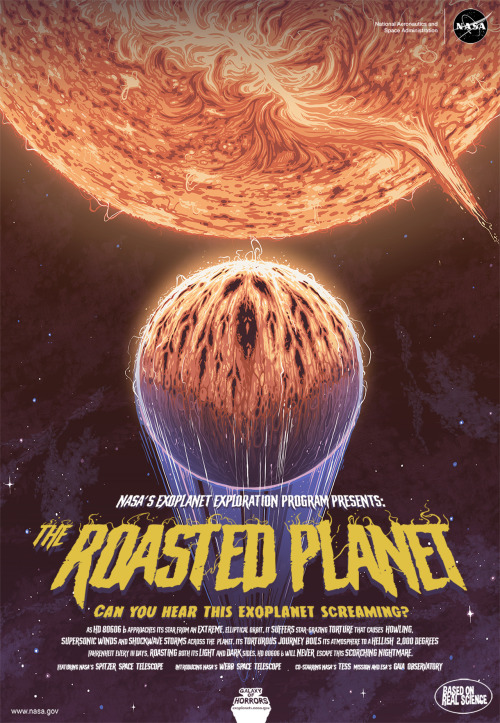
Can you hear this exoplanet screaming?
As HD 80606 b approaches its star from an extreme, elliptical orbit, it suffers star-grazing torture that causes howling, supersonic winds and shockwave storms across the planet. Its torturous journey boils its atmosphere to a hellish 2,000 degrees Fahrenheit every 111 days, roasting both its light and dark sides. HD 80606b will never escape this scorching nightmare.
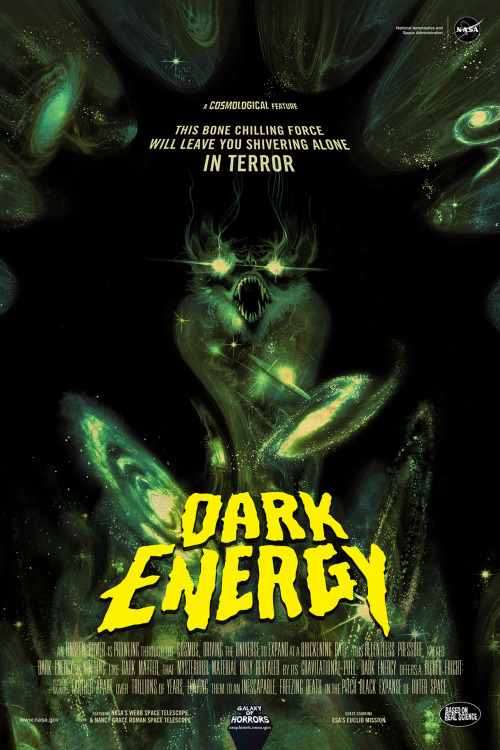
This bone-chilling force will leave you shivering alone in terror!
An unseen power is prowling throughout the cosmos, driving the universe to expand at a quickening rate. This relentless pressure, called dark energy, is nothing like dark matter, that mysterious material only revealed by its gravitational pull. Dark energy offers a bigger fright: pushing galaxies farther apart over trillions of years, leaving the universe to an inescapable, freezing death in the pitch black expanse of outer space.
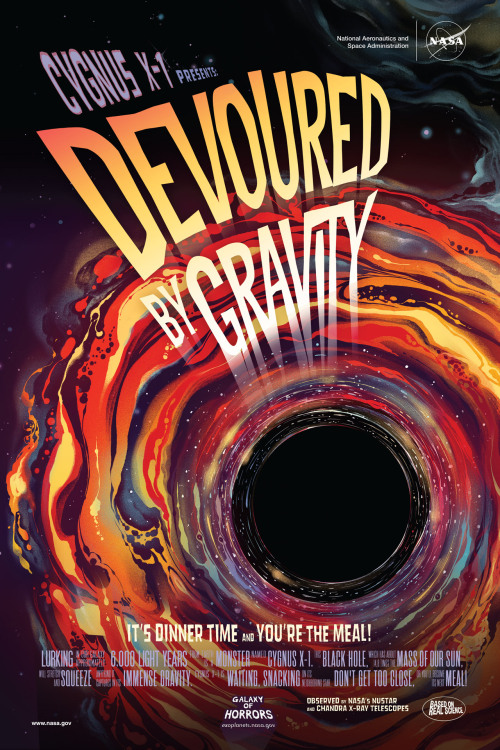
Cygnus X-1 Presents:
It’s Dinner Time and You’re The Meal!
Lurking in our galaxy, approximately 6,000 light-years from Earth, is a monster named CygnusX-1. This black hole, which has about 14.8 times the mass of our Sun, will stretch and squeeze anything it captures in its immense gravity. Cygnus X-1 is waiting, snacking on its neighboring star. Don’t get too close, or you’ll become its next meal!
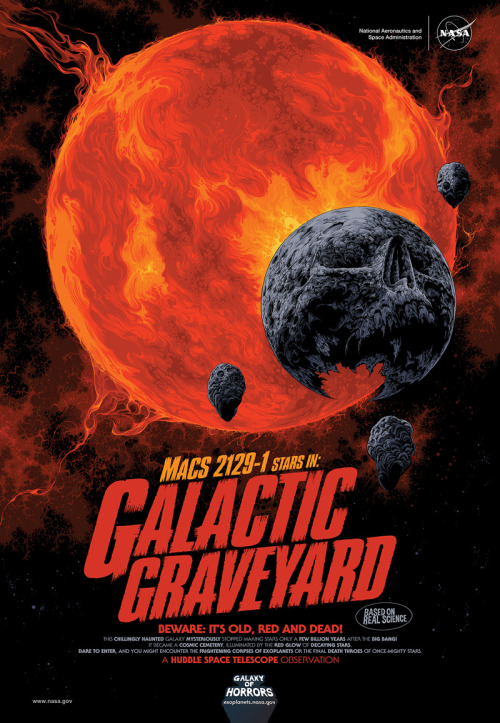
This chillingly haunted galaxy mysteriously stopped making stars only a few billion years after the Big Bang! It became a cosmic cemetery, illuminated by the red glow of decaying stars. Dare to enter, and you might encounter the frightening corpses of exoplanets or the final death throes of once-mighty stars.
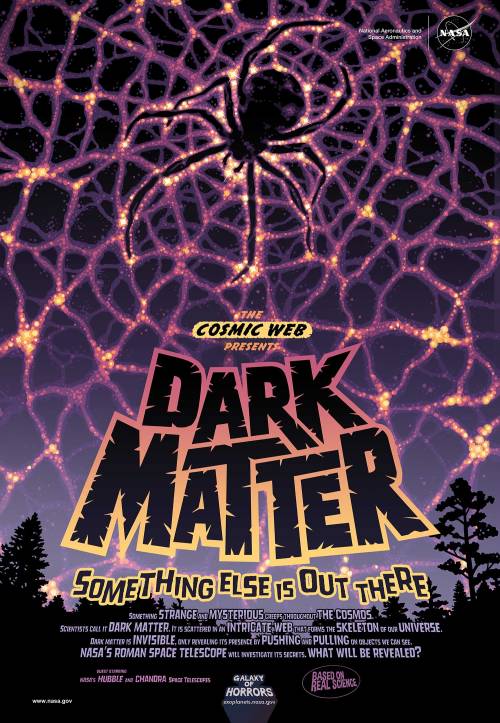
Something strange and mysterious creeps throughout the cosmos. Scientists call it dark matter. It is scattered in an intricate web that forms the skeleton of our universe. Dark matter is invisible, only revealing its presence by pushing and pulling on objects we can see. NASA’s Roman Space Telescope will investigate its secrets. What will be revealed?
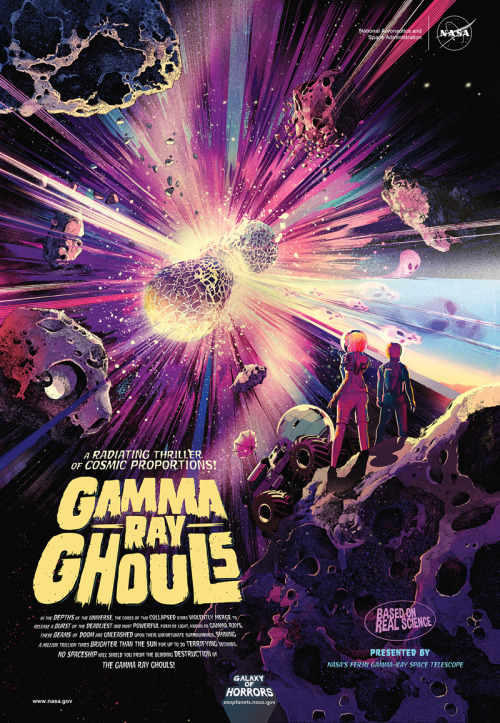
In the depths of the universe, the cores of two collapsed stars violently merge to release a burst of the deadliest and most powerful form of light, known as gamma rays. These beams of doom are unleashed upon their unfortunate surroundings, shining a million trillion times brighter than the Sun for up to 30 terrifying seconds. No spaceship will shield you from the blinding destruction of the gamma ray ghouls!
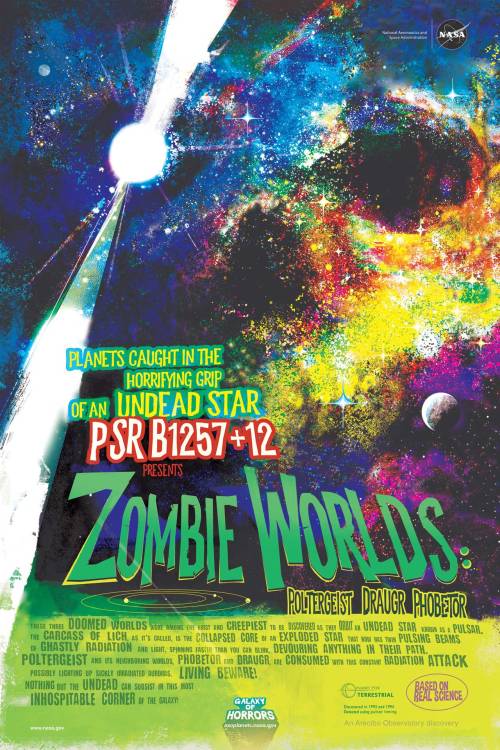
These doomed worlds were among the first and creepiest to be discovered as they orbit an undead star known as a pulsar. Pulsar planets like Poltergeist and its neighboring worlds, Phobetor and Draugr, are consumed with constant radiation from the star’s core. Nothing but the undead can subsist in this most inhospitable corner of the galaxy.
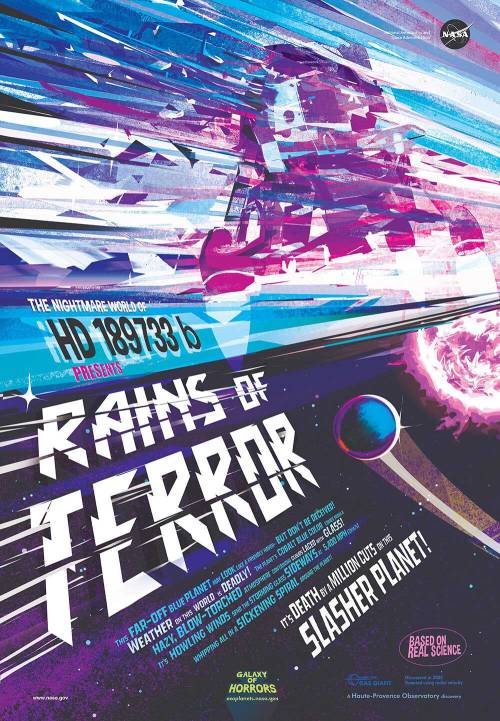
This far-off blue planet may look like a friendly haven – but don’t be deceived! Weather here is deadly. The planet’s cobalt blue color comes from a hazy, blow-torched atmosphere containing clouds laced with glass. Howling winds send the storming glass sideways at 5,400 mph (2km/s), whipping all in a sickening spiral. It’s death by a million cuts on this slasher planet!

Really excited for this. Sadly, I’ll be working, but I strongly encourage others (especially on the East coast) to not only watch, but to participate in this awesome opportunity.
Also, if you hate how the mainstream media treats subjects you care about, then this is doubly important. It shows tv outlets that there’s a hunger for real talk about real issues… and if they don’t cover it, citizens will continue to move toward alternative media outlets.
Highlights:
On the evening of Jan. 23, Sanders will host a 90-minute “national town hall” on proposals for universal Medicare, streamed by the progressive video outlets NowThis, Attn:, and the Young Turks. …
“The mainstream media continues to ignore how income inequality and the lack of a decent health-care system devastates the middle class,” said Ana Kasparian, a co-host of the Young Turks’ flagship series. …
The senator will host three segments: one on the current state of health care in the United States, one on the potential economic impact of universal Medicare, and one on how single-payer works in the rest of the developed world. …
Here's some more information on NASA's Juno_Mission.
Juno: Join the Mission!
Our Juno spacecraft may be millions of miles from Earth, but that doesn’t mean you can’t get involved with the mission and its science. Here are a few ways that you can join in on the fun:
Juno Orbit Insertion

This July 4, our solar-powered Juno spacecraft arrives at Jupiter after an almost five-year journey. In the evening of July 4, the spacecraft will perform a suspenseful orbit insertion maneuver, a 35-minute burn of its main engine, to slow the spacecraft by about 1,212 miles per hour so it can be captured into the gas giant’s orbit. Watch live coverage of these events on NASA Television:
Pre-Orbit Insertion Briefing Monday, July 4 at 12 p.m. EDT
Orbit Insertion Coverage Monday, July 4 at 10:30 p.m. EDT
Join Us On Social Media

Orbit Insertion Coverage Facebook Live Monday, July 4 at 10:30 p.m. EDT
Be sure to also check out and follow Juno coverage on the NASA Snapchat account!
JunoCam

The Juno spacecraft will give us new views of Jupiter’s swirling clouds, courtesy of its color camera called JunoCam. But unlike previous space missions, professional scientists will not be the ones producing the processed views, or even choosing which images to capture. Instead, the public will act as a virtual imaging team, participating in key steps of the process, from identifying features of interest to sharing the finished images online.

After JunoCam data arrives on Earth, members of the public will process the images to create color pictures. Juno scientists will ensure JunoCam returns a few great shots of Jupiter’s polar regions, but the overwhelming majority of the camera’s image targets will be chosen by the public, with the data being processed by them as well. Learn more about JunoCam HERE.
Follow our Juno mission on the web, Facebook, Twitter, YouTube and Tumblr.
Make sure to follow us on Tumblr for your regular dose of space: http://nasa.tumblr.com
Nice Sci_Fi Scenery!

I sure can’t wait until Asteroid and Lunar Mining become real_industries someday!
The Search for Evidence of Space_Mining Operations in Other Solar_Systems.
Happy 4th of July!

@americanhumanist #humanism
A New Twist on The Search for Extraterrestrial Intelligence!
The Astronomical Discovery of BUCKYBALLS in The Small Magellanic Cloud back in The_Year of 2010.
